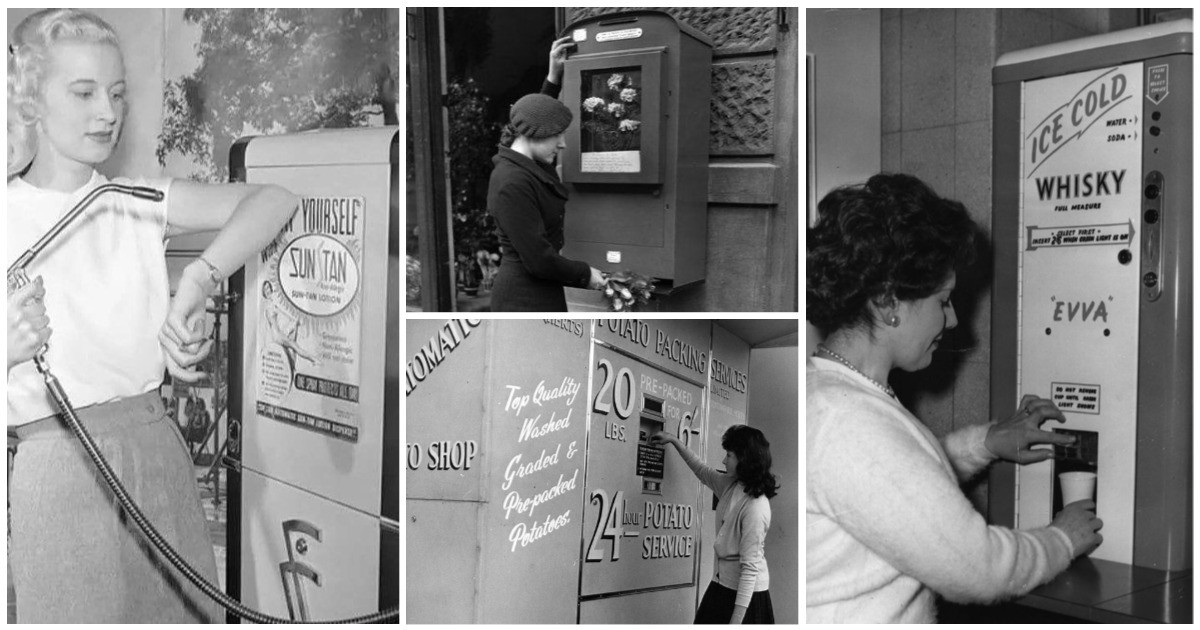Vending machines are a ubiquitous part of our lives. One can find them in schools, offices, and public places like train stations and airports. But where did vending machines come from? How do they work? And what does the future hold for these handy machines? Let’s explore this topic further.
Vending machines are automatic machines that dispense goods like snacks, drinks, and cigarettes when a customer inserts money into the machine. The first vending machines were developed in the early 1800s, and they have come a long way since then.
Early vending machines were mostly used for dispensing tobacco products like cigarettes and cigars. These early machines were often located in bars and taverns. The first recorded patent for a vending machine was granted to Englishman William Rowe in 1883. Rowe’s machine accepted only pennies and dispensed tobacco products.
It wasn’t until the early 1900s that vending machines began to be used for dispensing non-tobacco products like gum, candy, and postcards. These machines were often located in places like train stations and department stores. The first recorded patent for a non-tobacco vending machine was granted to American inventor Luther Crowell in 1902.
Table of Contents
What are Vending Machines and where did they come from
A vending machine is a coin-operated machine that dispenses various items such as snacks, drinks, cigarettes, and lottery tickets. Vending machines first appeared in England in the early 19th century, and the first vending machine in the United States was patented in 1883.
Today, vending machines are found in a wide variety of locations, including schools, workplaces, airports, and hotels. While vending machines were originally designed to dispense only small items like gum and candy, modern vending machines now offer a much wider range of products, including hot food, drinks, and even clothing. Thanks to their convenience and 24/7 availability, vending machines have become a popular option for busy people on the go.
How do Vending Machines Work
Vending machines are a common sight in public places, and they offer a convenient way to purchase items without having to wait in line. But how do these machines actually work? vending machines are typically stocked with a variety of items, from snacks and drinks to cigarettes and lottery tickets. When a customer makes a selection, a sensor is activated that triggers a series of events.
First, the vending machine’s electronic brain calculates the price of the selected item. Then, a motor turns the appropriate knob to release the product. The vending machine also dispenses the correct amount of change, if necessary. Finally, the transaction is recorded so that the vending machine owner can keep track of sales. As you can see, vending machines are surprisingly complex machines. But next time you’re standing in front of one, you’ll at least have a basic understanding of how it works.
Types of Vending Machines
Vending machines are an increasingly popular way to sell merchandise and provide services. There are many different types of vending machines, each with its own advantages and disadvantages. The most common type of vending machine is the coin-operated machine. These machines can be used to vend a wide variety of items, including snacks, drinks, cigarettes, and even tickets. Coin-operated vending machines are convenient for customers and easy to restock, but they can be vulnerable to vandalism. Another type of vending machine is the credit card vending machine.
These machines allow customers to pay with their credit cards, which can be more convenient than carrying around cash. However, credit card vending machines are more expensive to maintain than coin-operated machines, and they may not be accepted by all vendors.
The Future of Vending Machines
The vending machine is a staple of modern life, ubiquitous in office buildings, schools, and other public places. And yet, vending machines are often viewed as a sign of a lack of healthy food options. This perception is beginning to change, however, as vending machines are increasingly being stocked with healthier items such as fruits and vegetables. In addition, some vending machines are now equipped with touch screens that allow customers to customize their order. This trend is likely to continue, as vending machine companies seek to capitalize on the growing demand for healthy snacks. In the future, vending machines may come to be seen not as a source of unhealthy junk food, but as a convenient way to get fresh, healthy meals on the go.
Conclusion
Vending machines are a common sight in public places and offer a convenient way to purchase items without having to wait in line. These machines work by stocking a variety of items and using sensors to dispense the correct product. Coin-operated machines are the most common type of vending machine, but credit card vending machines are also becoming increasingly popular. Vending machines are typically seen as a source of unhealthy junk food, but this is beginning to change as healthier options are becoming more common. In the future, vending machines may come to be seen as a convenient way to get fresh, healthy meals on the go.

